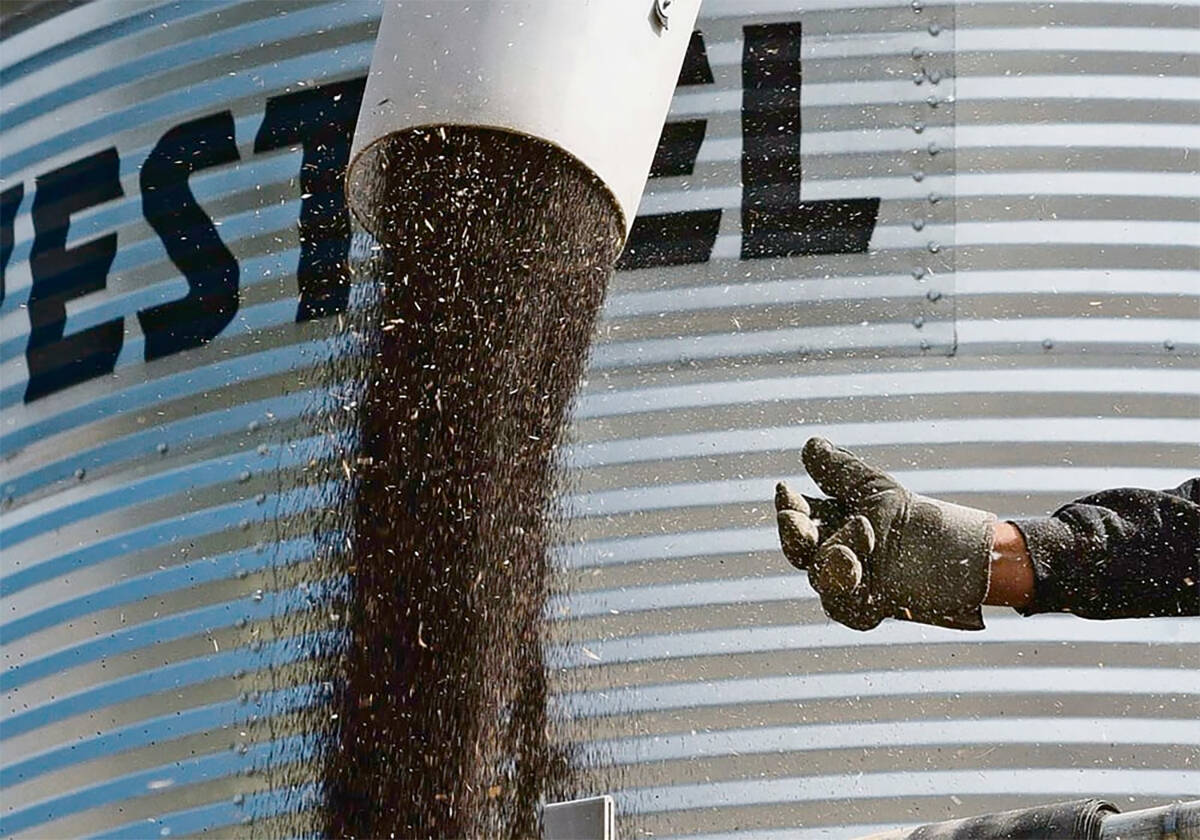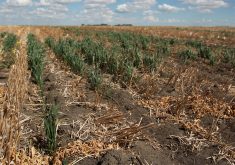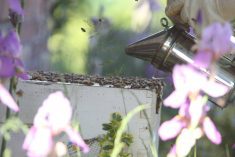MEDICINE HAT — Water levels on the Bow River from Calgary to the mouth of the South Saskatchewan River are running within normal seasonal ranges as of mid-February and the Red Deer River is also flowing at average levels.
Flow in the Oldman River continues to be below average.
In a Feb. 12 update to ratepayers, the St. Mary River Irrigation District outlined the situation, noting the system made minor gains through January but reservoirs are sitting well below the usual winter levels.
Across the district, SMRID reservoirs are at 47 percent of normal winter storage levels and the St. Mary Reservoir is at 11 percent of capacity.
Read Also

Farmers urged to be grain-safe this fall
Working around grain bins comes with risk, from farmers falling to drowning in grain: Experts have five tips to help avoid grain-related accidents this harvest.
The peak seasonal snowfall period is between late February and early May. Snow levels at the three mountain snowpack reporting stations leading into the Oldman River basin are now well below normal.
The basin’s highest snowpack reporting station in Montana, which feeds the headwaters of the St. Mary, Waterton and Belly rivers and contributes the largest amount of runoff, is above 2001 levels. Two others — one in Alberta near the U.S. border, the other in Montana — are well below 2001 levels.
The Oldman Dam reservoir, the largest in southern Alberta, has reached 30 percent of capacity but is well below normal. The second and third largest irrigation reservoirs, Bow River Irrigation District’s Lake McGregor and Eastern Irrigation District’s Lake Newell, were at 77 and 89 percent capacity as of mid-February.
According to Alberta Environment’s latest runoff forecast, the Milk, Oldman, Bow and North Saskatchewan rivers are all expected to be below to much below average for the March to September period. The Red Deer River is forecast to be average.
Nearly 50 water licence stakeholders met Feb. 9 for the first of three workshops to develop water sharing agreements under Alberta’s first-in-time, first-in-right water management system.
That management system allows the oldest licence holders to claim priority over junior licensees and take their full water allocation. However, such priority calls have rarely, if ever, been enacted. A water sharing agreement was also established during the 2001 drought.
The next meeting to develop water sharing agreements is scheduled March 1.
The provincial government announced earlier this year that it intends to have water sharing agreements in place on the Red Deer, Bow and Oldman rivers by spring but will only enact them if dry conditions persist.
Alberta has also set up a drought command team headed by the ministers of environment, agriculture and municipal affairs. It has established a drought advisory panel comprised of representatives from government, municipalities, First Nations and industry.
















